PROTECT YOUR DNA WITH QUANTUM TECHNOLOGY
Orgo-Life the new way to the future Advertising by AdpathwayIn light of Netflix’s new movie, Nonnas, it is clear that we need to honor our elders! The growers that came before us know more about gardening than we like to believe. By learning from their lessons and trying new techniques, we can grow more tomatoes than we’ve ever cultivated before.
Tomatoes aren’t fussy, though they do have a few specific needs and preferences. Giving the plants what they need during the growing season is key to growing the most fruits possible. You’ll make your nonna proud when you cultivate juicy, sweet, and split-free tomatoes.
Nonna translates from Italian to English as “grandmother.” It’s an endearing term for grandmothers that Italian speakers frequently use. Many nonnas, depending on what part of Italy they grew up in, use tomatoes in their homemade meals and recipes.
Though tomatoes aren’t native to Italy, they became an integral part of the cuisine after their introduction. They’re a part of many Italian sauces, salads, and meals. Learn the secrets that Italian nonnas know about these popular fruits with these nine expert tricks for growing amazing tomatoes.

Italian Roma Bush Tomato Seeds

Supremo Bush Roma Tomato Seeds
San Marzano Roma Pole Tomato

San Marzano Roma Pole Tomato Seeds

There Is No Secret!
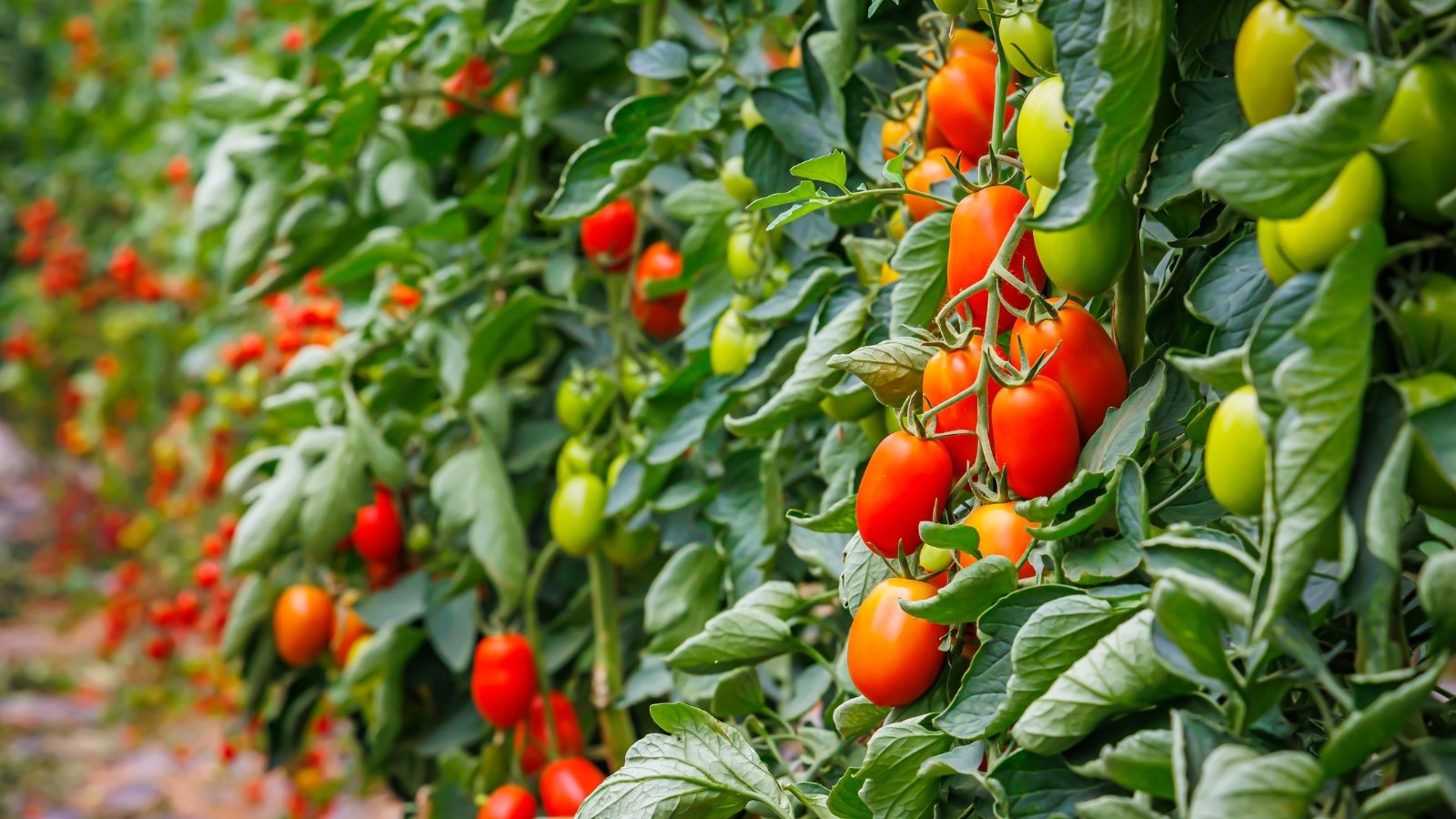 Bush or pole, pick tomatoes suited for your season.
Bush or pole, pick tomatoes suited for your season.The first Italian nonna trick is more of a tomato-growing confession than a secret! Tomato cultivation differs depending on the grower’s preferences, the local climate, and the tomato type. Though these secrets are helpful, they aren’t rules you must follow.
I consider tomato gardening an experiment. You can read and learn about cultivating tomatoes, but at a certain point, you have to grow the tomatoes and see what works well in your garden. Planting the plants and testing various growing methods will reveal what works and what doesn’t.
What works for you may not work for everyone else, and vice versa. Pole tomatoes produce giant harvests in hot areas with long growing seasons, whereas bushy varieties are helpful in areas with short springs and summers.
Start by deciding which tomato is your favorite. Pick two or three choice varieties, learn how to grow them best, and then add on additional cultivars once you’re confidently growing your favorites.
Sauce Tomatoes Are Supreme
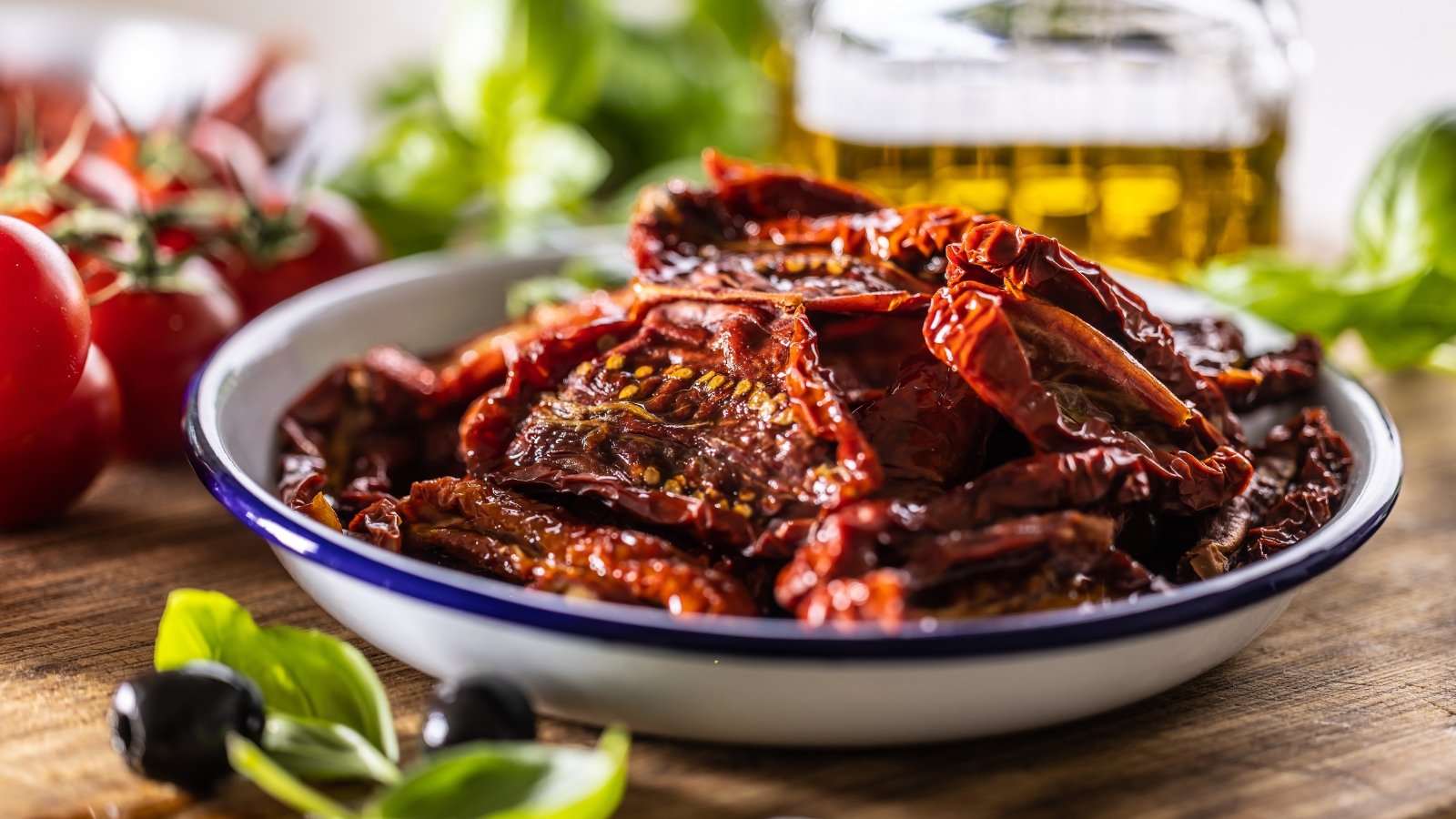 These oblong tomatoes shine when canned or sun-dried.
These oblong tomatoes shine when canned or sun-dried.Tomato varieties for pastes and sauces are some of the best-performing varieties in home gardens. The low-moisture fruits are perfect for sun-drying, sauce-making, and canning, and the vines themselves are incredibly productive.
Look for Roma-type tomatoes. These varieties, named after Italy’s capital city, Rome, are the preferred cultivars for sauce and paste making, canning, and preserving. The fruits are oblong-shaped and full of firm flesh instead of loose, juicy insides.
Roma tomatoes are both determinate and indeterminate. Find bushy or tall varieties available as seeds and seedlings at nurseries and online retailers.
Plant Determinate Varieties
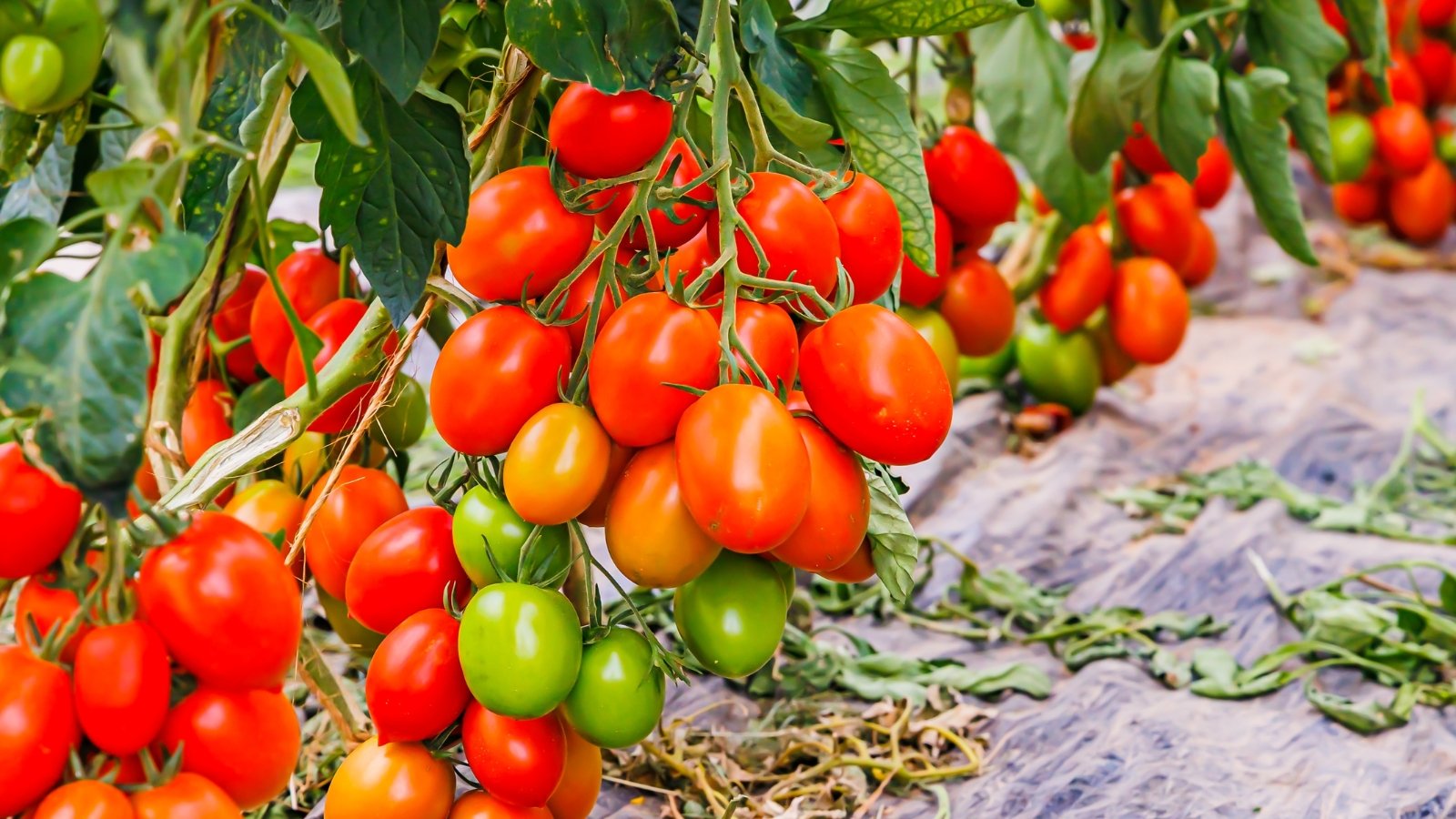 Bushy Roma tomatoes pack a punch with lots of fruit.
Bushy Roma tomatoes pack a punch with lots of fruit.Tomatoes have three main classifications. There are determinate, semi-determinate, and indeterminate tomato cultivars available. Italian nonnas prioritize bushy determinate tomatoes for their sauce-making tricks.
Indeterminate varieties grow indefinitely so long as temperatures are warm and mild, while determinate types produce all at once before withering away. Semi-determinate varieties are like both types, growing a large, early crop and continuing to sprout a few ripe fruits until the first frost.
Determinate varieties, though they seem like the lesser option, are valuable plants. They reliably produce a crop in a certain amount of time. You can plan to grow, harvest, and preserve your tomatoes in a short period. Successively plant them every two weeks in spring for multiple harvests in summer and fall.
Combine the best of both worlds and grow a determinate, Roma tomato. Varieties like ‘Italian Roma’ and ‘Supremo’ are bushy plants that produce a large crop in a short period. The tomato fruits are superb for canning, but they’re also incredibly versatile! Slice them up and sprinkle salt and pepper on them for a fresh snack.
Selectively Prune
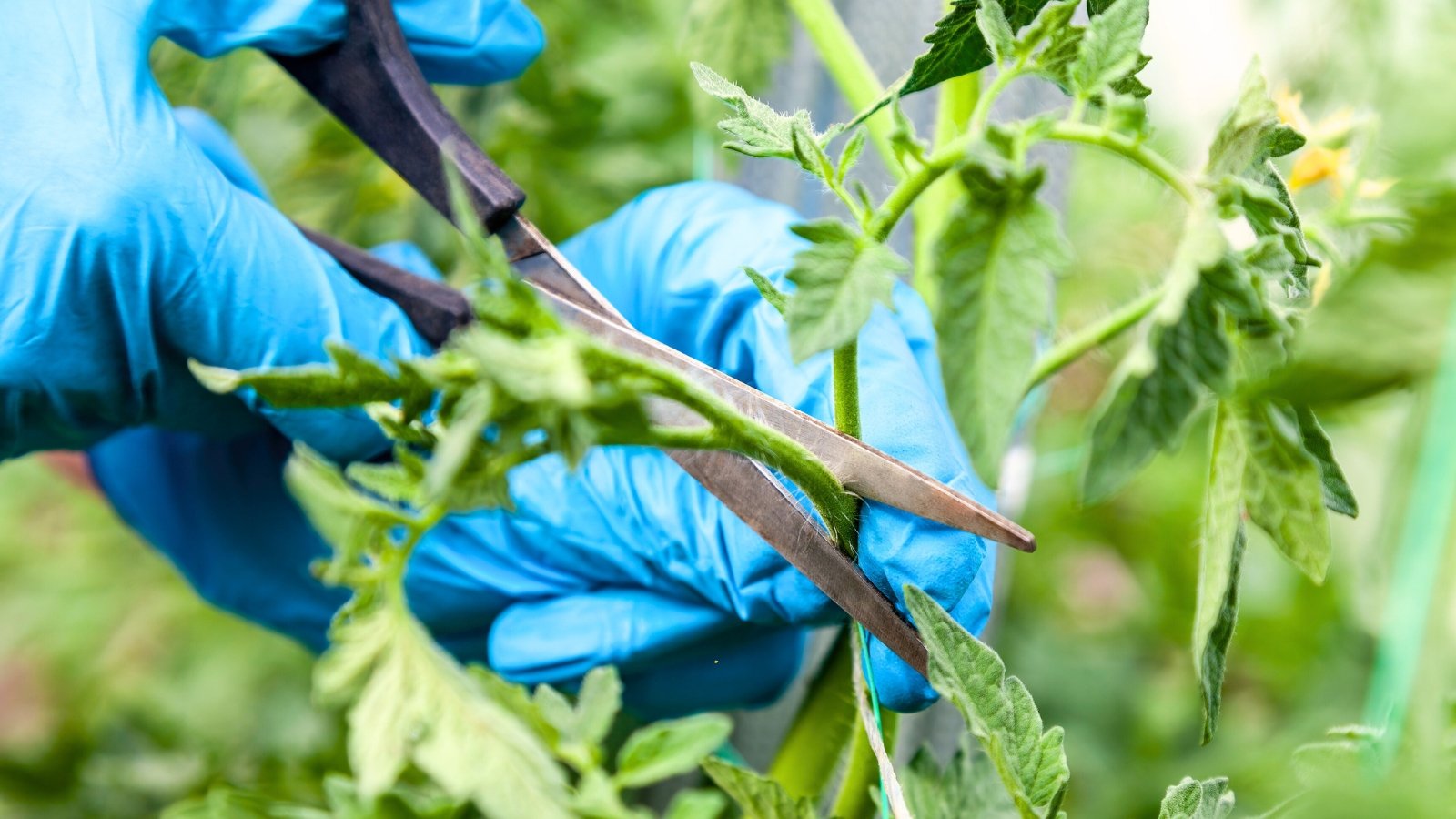 Snip lower suckers on determinate tomatoes for better growth.
Snip lower suckers on determinate tomatoes for better growth.Pruning may seem complicated, but a few simple tricks make it an easy process. Prune suckers, the secondary stems that sprout from the main stem, off determinate tomato stems if they’re lower than the first flower cluster. Otherwise, leave them be and train them into fruiting stems.
Indeterminate tomato plants are a bit different. Each sucker that grows develops flowers and fruit if it has sufficient space to do so. If you have the space for a sprawling, multi-stem tomato plant, then let all the suckers grow and support them accordingly. Use cages, stakes, or trellises to give the stems a structure to grow up.
If you have a small space or want to fit multiple indeterminate tomato plants in a single raised bed, you can remove additional suckers and leave two to three to develop fruit. The suckers will grow into heavy, fruit-bearing stems. Without support, they’ll ramble on the ground and develop few, if any, salvageable tomatoes.
Water Consistently
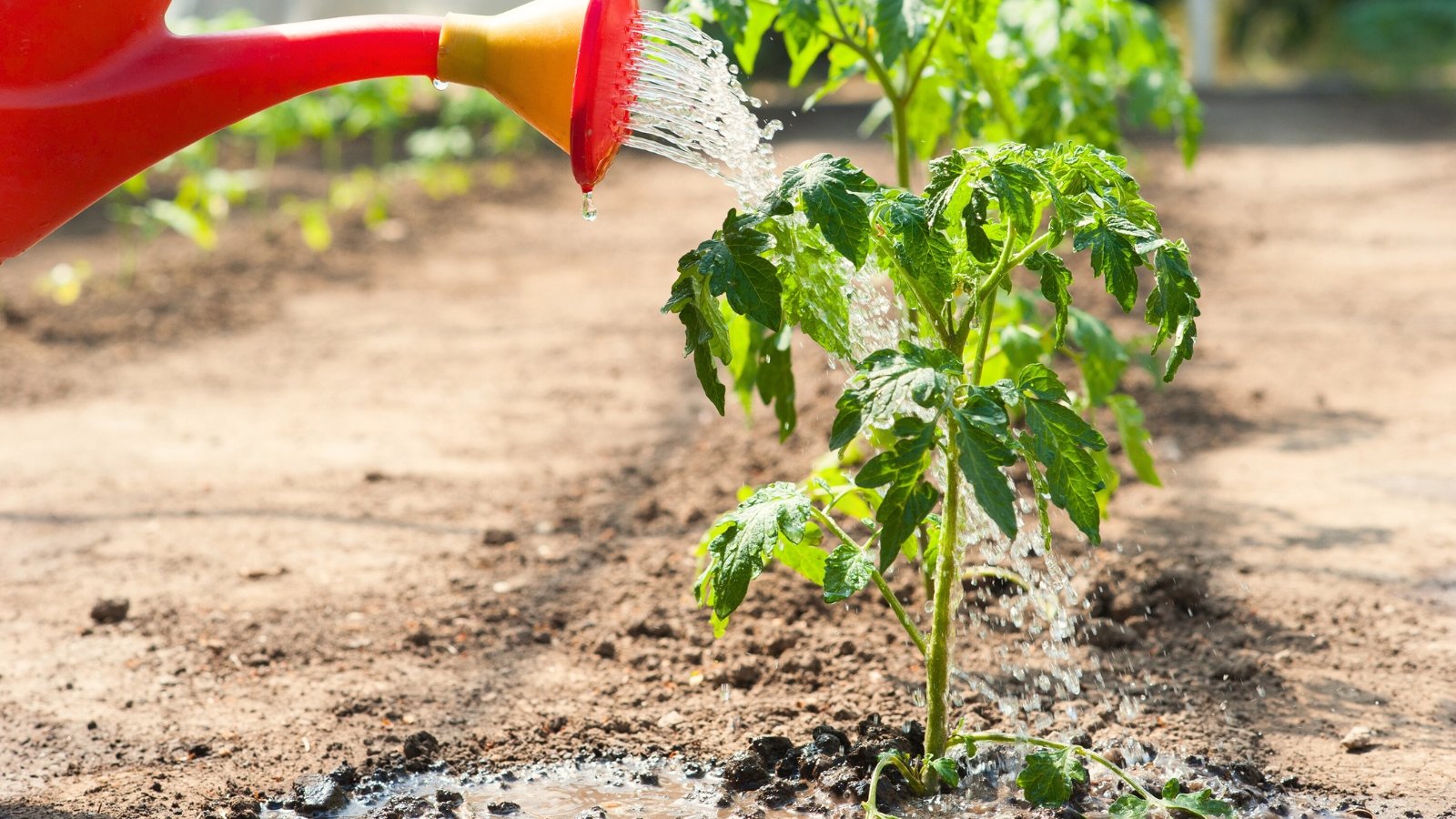 Overhead sprinklers are easy but can spread tomato diseases.
Overhead sprinklers are easy but can spread tomato diseases.Whether you’re talking to an Italian nonna or an old-time farmer, they’ll probably tell you that irrigation is the most often forgotten trick for growing tomatoes! Consistent water is key to growing large, juicy, and sweet fruits. Whether tending to cherry or slicer types, nonnas know it’s important to water their tomatoes.
Irrigation is doubly crucial for potted plants. Container gardens dry quickly, leaving the plants inside the pots subject to withering and drying. Use overhead sprinklers, drip irrigation, or soaker hoses to apply regular moisture when rainfall is low or infrequent.
Overhead sprinklers are convenient, but they may promote the spread of diseases from plant to plant. If you notice wilts, blights, or mildew and use overhead sprinklers, consider trying a different irrigation method that doesn’t spray the leaves.
Provide Plenty of Sun
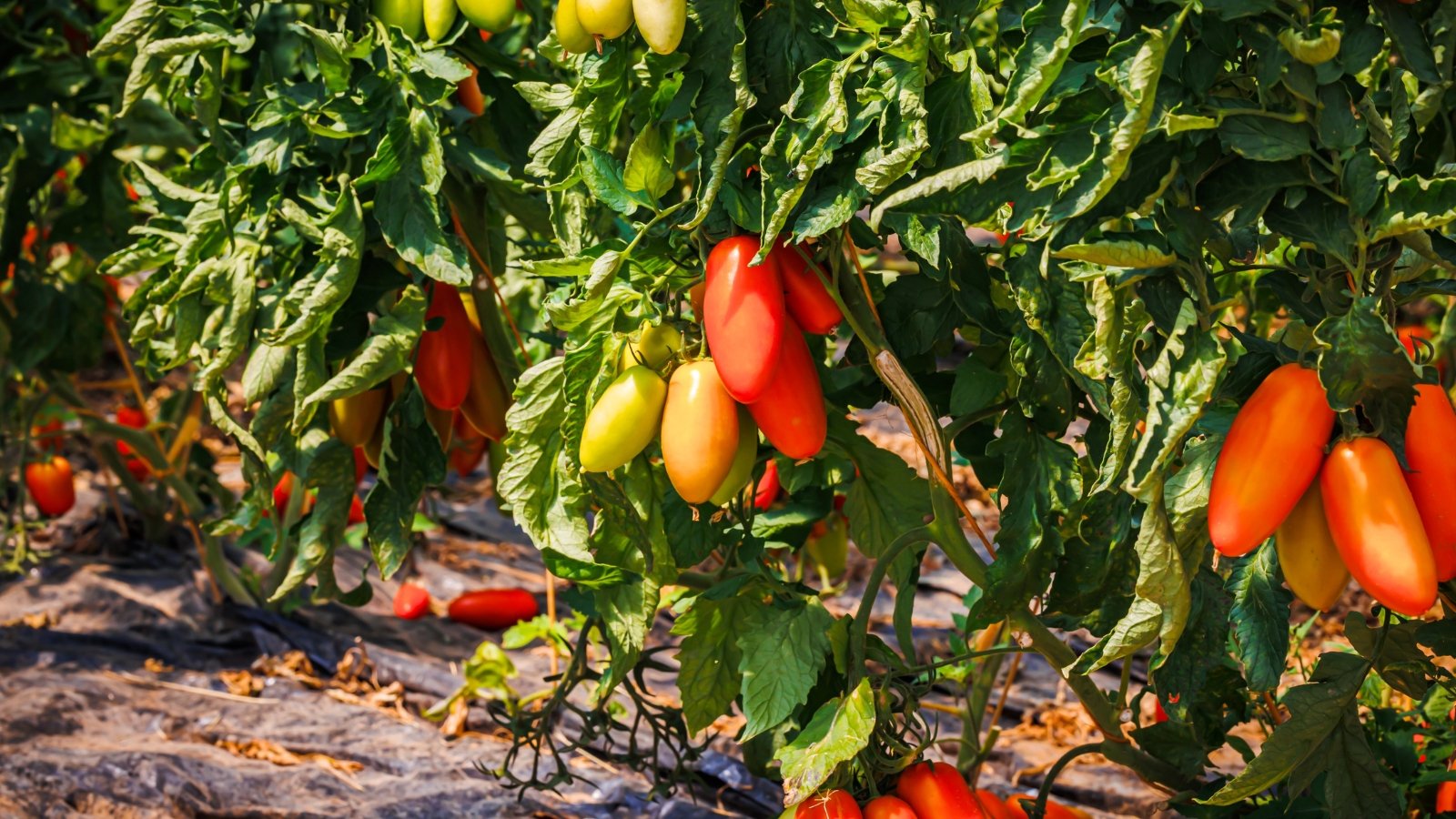 Tomatoes grow best basking in direct, bright sunlight daily.
Tomatoes grow best basking in direct, bright sunlight daily.Shade is a no-no! Nonnas are aware that tomatoes must grow on the sunniest side of the house. The leaves are sun-lovers, and they need full sun to thrive. With too much shade, the stems grow leggy and lanky. They’re likely to face pests and diseases instead of air and sunshine.
Grant your specimens six or more hours of daily direct sunlight for the healthiest growth. Though it seems like common sense, it’s sometimes hard to gauge whether an area of the garden is good or bad for growing tomatoes.
If you notice powdery mildew, wilting leaves, or leggy stems, consider moving the plants to promote healthy growth. Ensure they have full sun, and prune other shrubs and trees if necessary to increase direct sunlight in the garden.
Add Compost
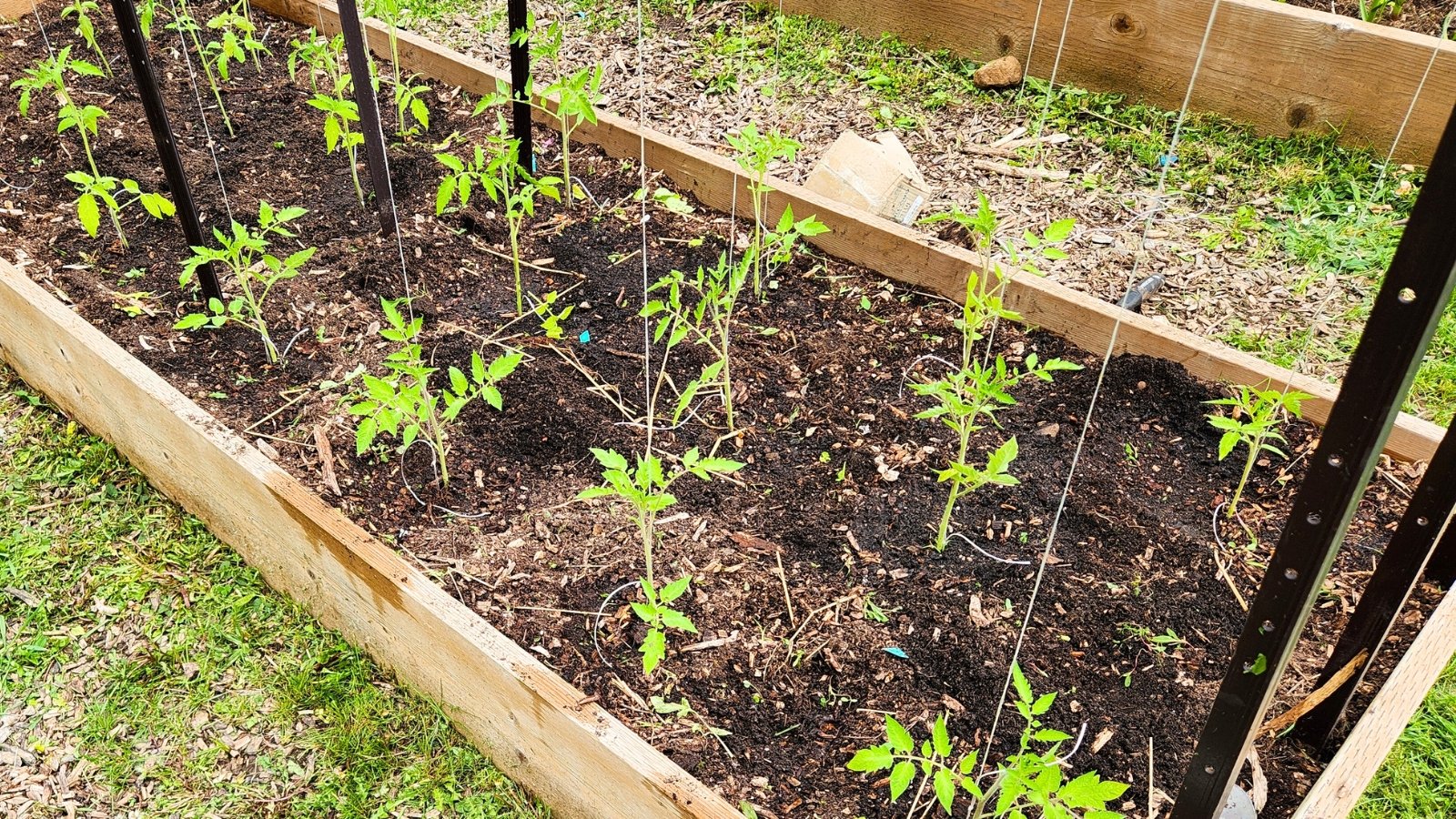 Homemade compost is a game-changer for juicy tomato harvests.
Homemade compost is a game-changer for juicy tomato harvests.Compost is a secret ingredient in the garden. It’s a humus-rich soil amendment that’s easy to make at home. It contains nutrients, microbes, and worms, and it’s superb for tomatoes! When you add it near their roots, it boosts the nutrient levels and structural integrity of the surrounding soil.
You can make compost at home or find it available at nurseries and garden centers. Many composting systems are available for home gardeners. Use hot or cold piles, tumblers, or worm composting to convert your organic debris into compost.
One to two helpings of compost are sufficient during the growing season. Apply a layer two to three inches thick, and water it well to help it incorporate into the ground.
Fertilize Regularly
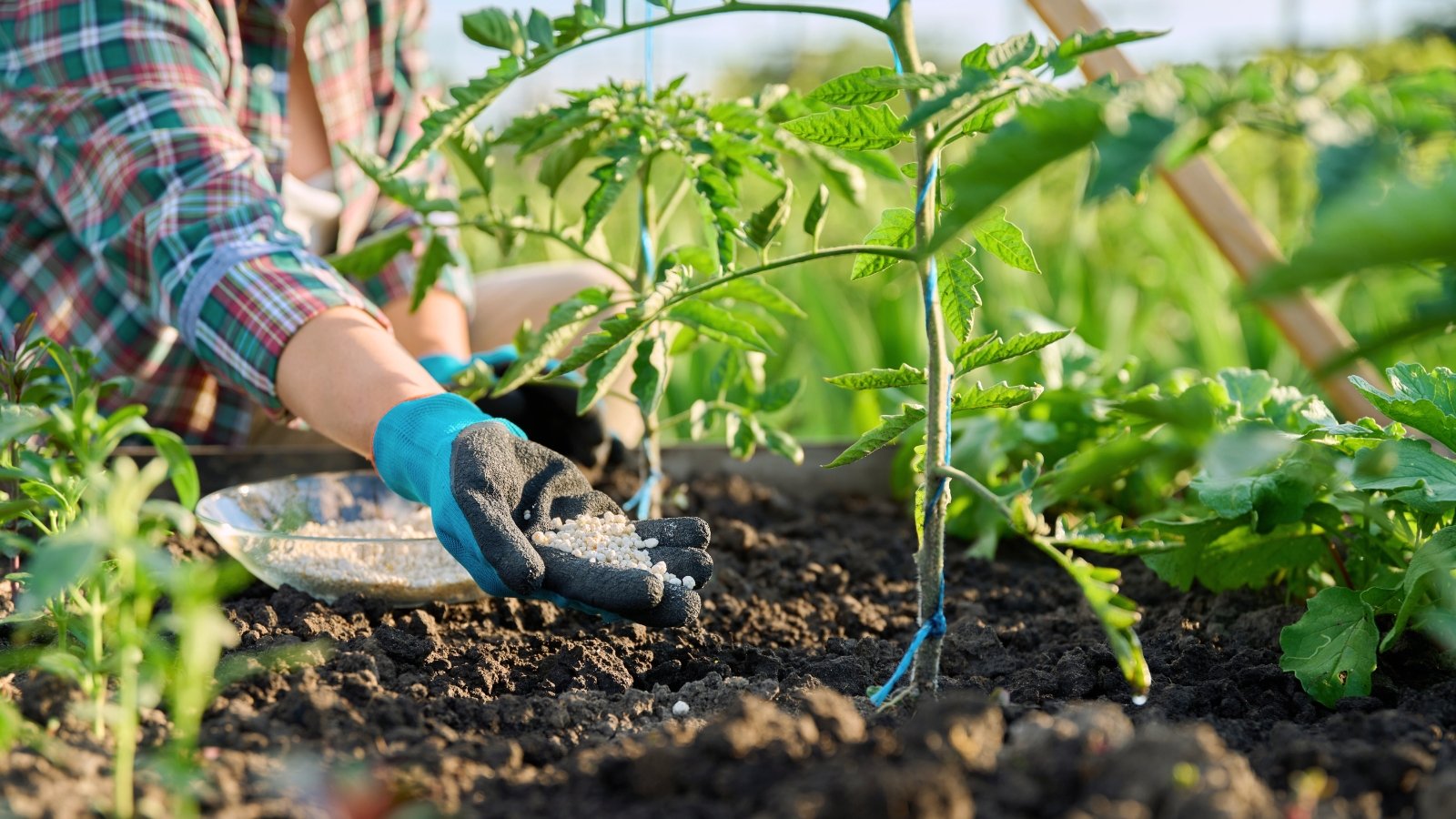 Light, regular feeding keeps tomatoes producing all season long.
Light, regular feeding keeps tomatoes producing all season long.In addition to compost, some organic fertilizer helps keep the stems perky, healthy, and vigorous. It also encourages ample flower and fruit production. With regular fertilizing, your specimens will grow well from spring until the first frost in the fall.
Instead of applying a few large doses, it’s best to fertilize tomatoes lightly throughout the season. Add small doses every two weeks while they’re flowering and fruiting.
Add the fertilizer by watering it in with irrigation water. No matter whether it’s a powder, liquid, or granular mix, water allows it to break down into the soil where the plant roots can access it.
Italian Nonnas Harvest Tomatoes Often!
 Picking often encourages more flowers and bigger harvests.
Picking often encourages more flowers and bigger harvests.Consistent harvesting promotes more flowers, which leads to more fruit! Avoid letting them spoil on the vine, as they’ll attract pests and diseases that can spread to other ripening ones. Walk the garden every day or two to see if any fruits are ripe for picking.
Bring them inside and set them on your counter to let them ripen further. If they’re already fully ripe, store them in the fridge for a week or two until you’re ready to use them.
If you’re not ready to eat the fruits, you may preserve them for use at a later date. Canning, sauce-making, and freezing are all viable options for preserving your harvest. Do what works best for you, your kitchen, and your recipes.


 2 weeks ago
24
2 weeks ago
24





















 English (US) ·
English (US) ·  French (CA) ·
French (CA) ·